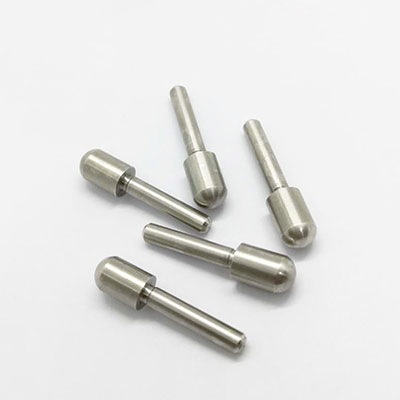Safety rules and operation points of CNC four-axis machining

Now is the period when lychees are abundant. You might as well appreciate the basic knowledge of CNC four-axis machining while eating lychees, which will benefit you and broaden your horizons.
Safety rules for CNC four-axis machining
- Machining center safety operating procedures must be followed.
- Before work, wear protective equipment according to regulations, tie up cuffs, and are not allowed to wear scarves, gloves, ties, aprons, and women workers should wear braids in hats.
- Before starting the machine, check whether the tool compensation, machine zero point, workpiece zero point, etc. are correct.
- The relative position of each button should meet the operation requirements. Carefully compile and input CNC programs.
- It is necessary to check the operation of the protection, insurance, signal, position, mechanical transmission part, electrical, hydraulic, digital display and other systems on the equipment, and cutting can be performed under normal conditions.
- Before machining, the machine tool should be run for trial operation, and the operating conditions of lubrication, mechanical, electrical, hydraulic, digital display and other systems should be checked, and cutting can be performed under normal conditions.
- After the machine tool enters the processing operation according to the program, the operator is not allowed to touch the moving workpiece, tool and transmission part, and it is forbidden to transfer or take tools and other items across the rotating part of the machine tool.
- When adjusting the machine, clamping workpieces and tools, and wiping the machine, it must be stopped.
- Tools or other items are not allowed on electrical appliances, operating cabinets and protective covers.
- It is not allowed to remove iron filings directly by hand, and special tools should be used for cleaning.
- If abnormal conditions and alarm signals are found, stop immediately and ask relevant personnel to check.
- It is not allowed to leave the work post when the machine tool is running. If you want to leave for any reason, put the worktable in the middle position, the tool bar should be retracted, you must stop the machine, and cut off the power supply of the host.
The operation points of CNC four-axis machining
- In order to simplify positioning and installation, each positioning surface of the fixture should have precise coordinate dimensions relative to the machining origin of the machining center.
- In order to ensure that the installation orientation of the parts is consistent with the direction of the workpiece coordinate system and machine tool coordinate system selected in programming, and directional installation.
- It can be disassembled in a short time and changed into a fixture suitable for new workpieces. Since the auxiliary time of the machining center has been compressed very short, the loading and unloading of the supporting fixtures cannot take up too much time.
- The fixture should have as few components as possible and high stiffness.
- The fixture should be opened as much as possible, the spatial position of the clamping element can be lower or lower, and the installation fixture should not interfere with the tool path of the working step.
- Ensure that the processing content of the workpiece is completely completed within the stroke range of the spindle.
- For a machining center with an interactive worktable, the fixture design must prevent spatial interference between the fixture and the machine due to the movement of the worktable, lifting, lowering, and rotation.
- Try to complete all the processing content in one clamping. When it is necessary to replace the clamping point, special attention should be paid not to damage the positioning accuracy due to the replacement of the clamping point, and explain it in the process document if necessary.
- For the contact between the bottom surface of the fixture and the worktable, the flatness of the bottom surface of the fixture must be within 0.01-0.02mm, and the surface roughness is not greater than Ra3.2um.